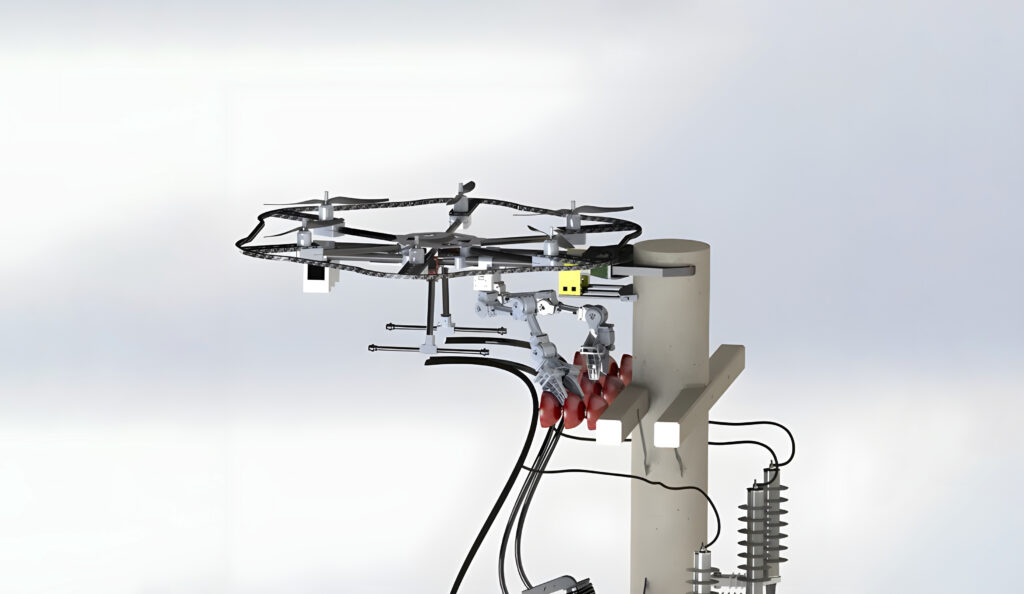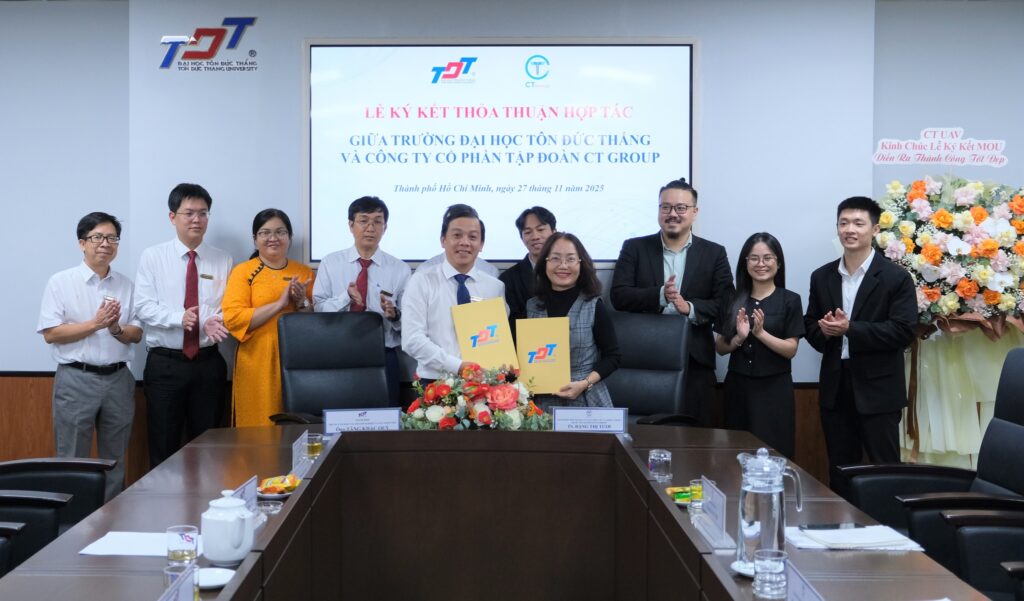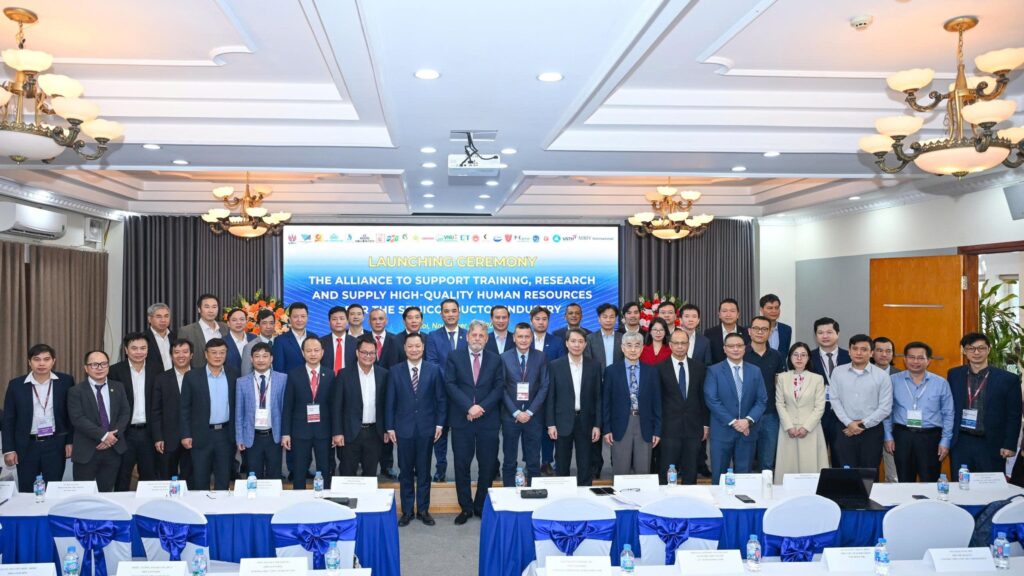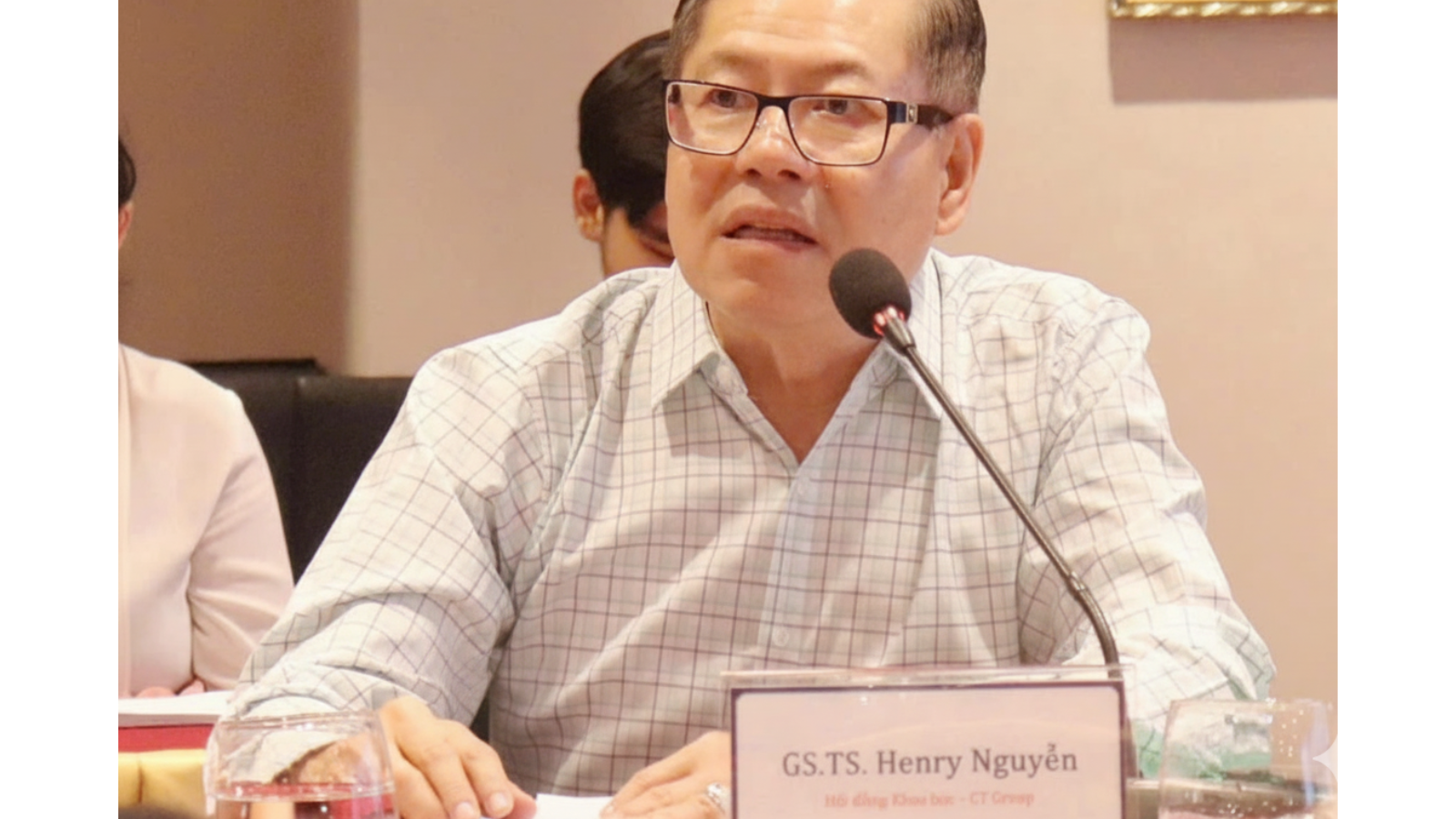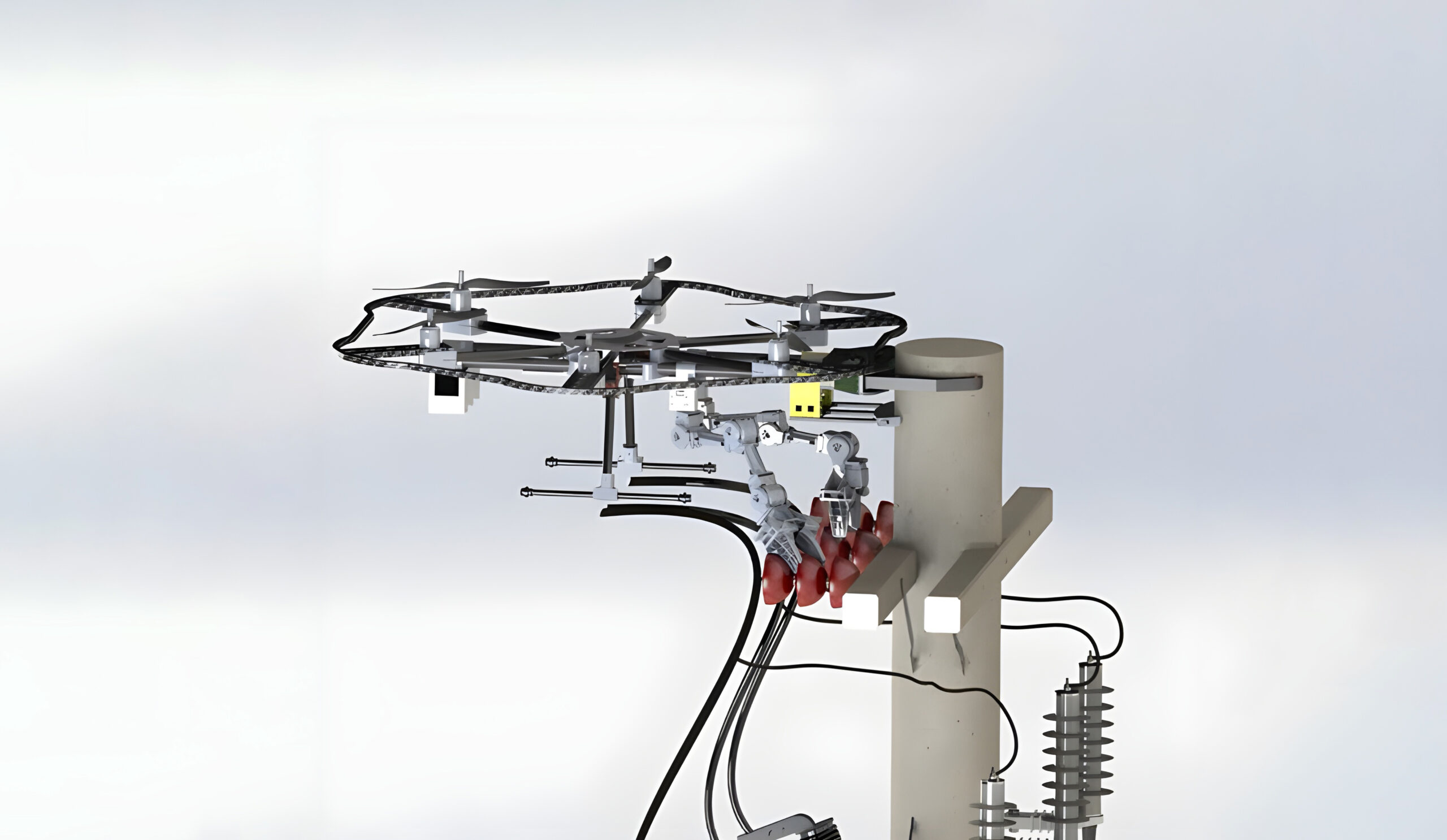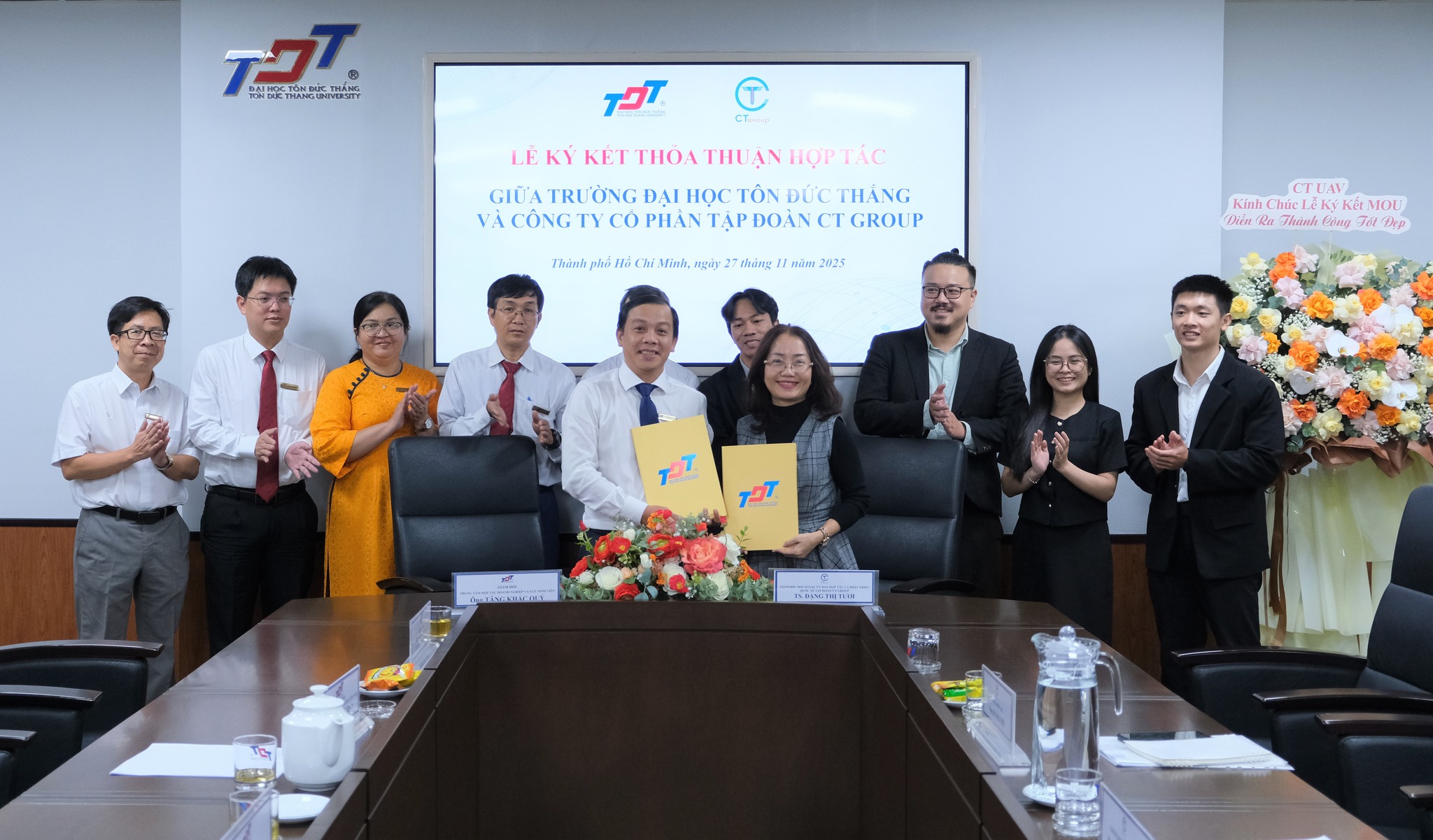The event of a Vietnamese enterprise securing an export order of 5,000 unmanned cargo aircraft (UAVs) for a South Korean company marks a historic milestone for the nation’s technology sector.
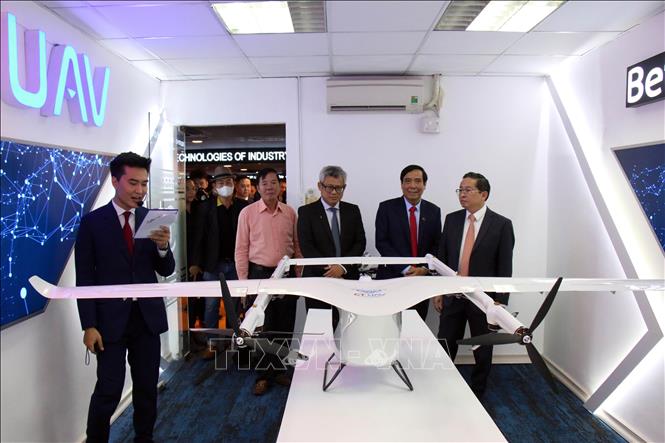
At the CT Innovation Hub 4.0, multiple UAV prototypes were introduced.
For insiders in the technology community, this achievement came as no surprise, as enterprises have recently invested heavily in high-tech fields, from infrastructure to human resources. Particularly since the adoption of Resolution 57-NQ/TW, followed by Resolution 68-NQ/TW, remarkable breakthroughs have been made.
Strong investment
At the Vietnam – Korea Economic Forum held on August 12 in South Korea, under the witness of General Secretary To Lam and Korean Prime Minister Kim Min Seok, a memorandum of understanding between CT Group Vietnam and a South Korean UAV technology company was signed, involving an export order of 5,000 UAVs.
These UAVs are heavy cargo drones ranging from 60kg to 300kg, developed by CT UAV (a member of CT Group) with a localization rate of up to 85% and Vietnam’s proprietary technology, which has been highly valued by countries including South Korea. Mastery of semiconductor chip design for UAVs gives CT UAV a unique competitive advantage. At the same event, CT Group also secured an order for ATP (Assembly – Testing – Packaging) export of 100 million semiconductor chips to a South Korean partner.
To achieve these “sweet fruits,” the company has persevered with its investment journey in science and technology over the past few years. The group has been a pioneer in the 4.0 science and technology revolution since 2019, covering everything from theoretical research to R&D (research and development), design, commercial production, and export.
In late April 2025, amidst the nationwide celebrations of the 50th anniversary of Southern Liberation and National Reunification (April 30, 1975 – April 30, 2025), CT Group inaugurated the CT Innovation Hub 4.0 in Ho Chi Minh City and commenced phase 2 of its CT Semiconductor chip manufacturing plant in Bình Dương Province.
The Innovation Hub is positioned as an incubator for nine emerging technology sectors, all of which align with the priorities of Resolution 57-NQ/TW of the Politburo on breakthroughs in science, technology, innovation, and national digital transformation. These include: semiconductors; artificial intelligence; UAVs; green digital currency; carbon credit trading platforms; zero-emission housing; electric cars and metro systems; quantum computing; new energy; and genetics & cell technology. The model aims to connect domestic and international resources, fostering an innovation ecosystem built upon high technology.
According to CT Group Chairman Tran Kim Chung, the CT Innovation Hub 4.0 is not a theoretical model or a display of imported technologies, but a fully operational core technology ecosystem designed and developed by Vietnamese talent. These include UAV prototypes, in-house AI products, semiconductor factory models, 4.0 modular housing, ESG technologies for sustainable development, and pioneering research in genetics and cell technology.
As for CT Semiconductor, this is the first ATP chip manufacturing plant fully owned and operated by Vietnamese engineers. The plant is expected to commence operations in Q4 2025, aiming for an annual production capacity of 100 million chips by 2027, with significant investment dedicated to R&D.
Just six months after the implementation of Resolution 57-NQ/TW, on June 29, CT Group announced the design of the ADC chip by its Vietnamese engineers. The design, named CTDA200M, is a 12-bit, 20MSPS analog-to-digital converter (ADC). The chip is applied in medical imaging devices, sensors, automation systems, IoT, UAVs, and wireless communications.
Chairman Tran Kim Chung emphasized the pride in the first chip design fully developed by 100% Vietnamese engineers. ADC chips, often used in defense and security, are critical in digital transformation. Typically requiring two years to design, CT Group’s engineers completed the process in just six months thanks to the driving spirit of Resolution 57-NQ/TW.
At the launch event, HCMC Chairman Nguyen Van Duoc noted that the debut of the ADC chip marked a crucial milestone in mastering core technologies, affirming Vietnamese creativity and determination in the digital era. The Group’s strategic moves—covering packaging, testing, AI chip design, IoT, and UAVs—clearly demonstrate the mobilization of domestic resources by Vietnamese enterprises.
Beyond ADC chips and UAVs, CT Group has also developed smart management software, AI-based monitoring systems, IoT devices, smart city platforms, and next-generation sensor modules. These solutions not only meet domestic demand but also show strong export potential.
Attracting high-quality human resources
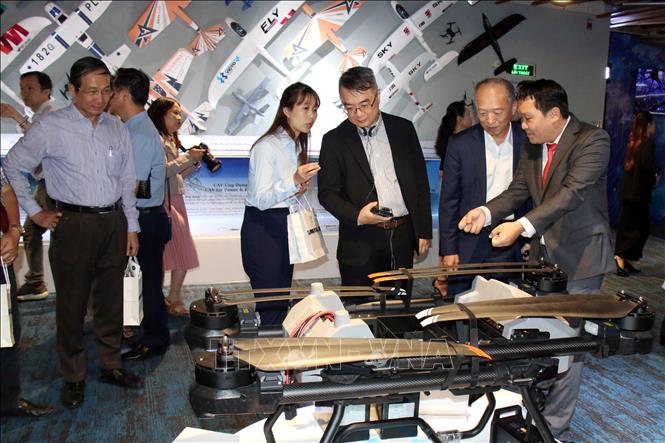
At the CT Innovation Hub 4.0, multiple UAV prototypes were introduced.
Resolution 68-NQ/TW of the Politburo on private sector development not only sets targets for broad growth but also expects the private sector to become a pillar of productivity, innovation, and global integration. Against this backdrop, CT Group has defined a transformation goal: from a multi-sector enterprise into a core technology-driven innovation center.
According to Chairman Tran Kim Chung, the Group, together with the Alliance of 4.0 Innovation Hubs, is determined to ignite a culture of innovation among the youth. “We aspire to work hand-in-hand with the Government, ministries, agencies, businesses, and intellectuals at home and abroad to build a robust innovation ecosystem that contributes to sustainable socio-economic development,” he said.
The Group focuses on fields with wide-ranging economic impact such as future transportation infrastructure, semiconductors—the backbone of the digital industry, and the carbon market—an emerging component of the green economy. With its ecosystem of nine core technology sectors, CT Group aims to contribute to the realization of Resolution 68-NQ/TW while shaping a new model of private enterprise: one that is technologically self-reliant, strategically long-term, and aligned with national goals.
To achieve sustainability, the enterprise prioritizes talent development through investment funds, startup incubation programs, partnerships with domestic and international universities, and networks of experts and scientists. Through the CTI Program with Can Tho University and the VNU350-CT Global Fellowship for Innovation with Vietnam National University – Ho Chi Minh City, CT Group has committed USD 4 million to attract global scientists, experts, and talents.
Assoc. Prof. Dr. Vu Hai Quan, Director of Vietnam National University – HCMC, emphasized that human capital is the cornerstone of advancing science and technology, particularly in strategic areas such as semiconductors and quantum computing. Through collaboration with CT Group, both parties aim to mobilize resources and attract top scientists to Vietnam for joint projects.
At the “Vietnam Dreams Come True” forum held on July 25 in Taiwan (China), CT Group leaders called upon the global Vietnamese intellectual community, including overseas experts and students, to actively contribute to national development. This is a valuable resource, especially as Vietnam undergoes rapid transformation in technology, innovation, and digitalization.
Chairman Tran Kim Chung pointed out that one of the main barriers preventing many experts from returning or establishing long-term connections with Vietnam is the lack of a sufficiently advanced technological ecosystem. CT Group has been addressing this by building a comprehensive high-tech ecosystem that gathers professors, experts, and engineers from the U.S., Taiwan, South Korea, Japan, and Europe.
Evaluating CT Group’s potential, Mr. Ben Tseng, Founder and Chairman of Arete Microelectronics, stated: “This is an excellent and truly admirable place. CT Group is developing an ecosystem with multiple high-tech capabilities, especially in semiconductors—a field that plays a pivotal role in many modern industries.”
The orientations and achievements of CT Group not only embody the spirit of Resolutions 57-NQ/TW and 68-NQ/TW but also demonstrate that Vietnam can rise through technologies innovated, mastered, and deployed by its own enterprises.



